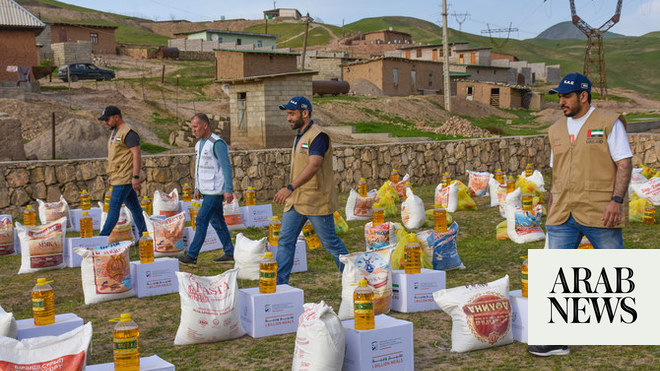
As the world fights a seemingly losing battle with global warming and climate change, one of the most obvious and easy ways to curb greenhouse gas emissions is by cutting down on food waste, which causes emissions in many ways throughout its life cycle.
According to various estimates, food waste is one of the largest sources of worldwide carbon dioxide emissions, accounting for more than 10 percent of the total. This is more than many other high-profile and easily visible sources, such as aviation and shipping, which are responsible for about 2.1 percent and 2.5 percent, respectively. If food waste was an independent country, it would be the world’s third-largest emitter, ranking only behind the US and China. And similar to these two nations, the total emissions from food waste have only increased despite several appeals and a few measures to curb them.
The carbon dioxide emitted as a result of food and agriculture comes from various activities, notably growing, processing, packaging and transporting food. More than 33 percent of all fruit and vegetables produced around the world are rejected for being the wrong size, shape or color even before they reach retail outlets, leading to a colossal but easily avoidable source of waste. And as the food that is thrown away often ends up in landfill, it rots and releases an even more potent greenhouse gas: Methane, which is increasingly being singled out for its serious impact on global warming and the fact that it can stay in the atmosphere for longer than even carbon.
The large volume of emissions mainly comes from another alarming fact — that about 30 to 32 percent of all food produced in the world is wasted. That is about 1.3 billion tons every year. Yet more than a third of the world’s population remains consistently malnourished, notably in poor and low-income countries, but also increasingly in the developed parts of the world.
The situation is critical in many ways, as more than 1,000 people die of hunger each hour, even in the year 2022. That means close to 9 million deaths every year due to hunger. And nearly half of all deaths of children aged under five are attributable to undernutrition.
The situation, already alarming, has definitely taken a turn for the worse over the past two years due to the twin factors of COVID-19 and food inflation. The latter has been driven by food shortages caused by the disastrous impacts of climate change on production around the world.
The effect of the pandemic on the poor is now becoming evident, as organizations such as the UN admit that losses of income, mainly due to lockdowns and other restrictions to counter COVID-19, have pushed close to half a billion people into extreme poverty, mostly in South Asia and sub-Saharan Africa. Due to lost incomes and in the absence of meaningful assistance from governments in many countries, malnourishment, notably among women and children, has risen sharply. Unfortunately, both these phenomena have been playing out even in large economies like India, where close to 100 million more people have been pushed into extreme poverty and where malnourishment and stunting among children has risen significantly in the past two years.
COVID-19 has also impacted the food waste crisis, notably due to logistical challenges, as transport disruption meant many crops had to be destroyed without even leaving the farm. Moreover, as food rotted in the fields or in warehouses far away from consumers, shop shelves were empty, even in the UK. This helped push food inflation significantly higher than usual. According to the UN Food and Agricultural Organization, food inflation hit 28 percent in 2021, the highest rate in more than a decade. Thus, not only were the most vulnerable left without incomes, but they also faced record food prices, pushing them deeper into undernourishment and malnutrition.
It is time to end this madness. The first place to start is in every family’s kitchen, especially in the homes of the more fortunate, as about 60 percent of food wastage happens at home. Many families tend to cook too much and then dispose of the excess, rather than reusing the leftovers for another meal.
The situation, already alarming, has definitely taken a turn for the worse over the past two years due to the twin factors of COVID-19 and food inflation.
Ranvir S. Nayar
Sensitizing people around the world to the benefits that curbing food waste could immediately bring both them and the world at large would be the fastest way to bring about change. Families can easily implement a waste not, want not policy in their homes without the need for any external intervention.
The other large sources of food waste include restaurants, hotels and caterers. For them, governments can easily bring in fiscal incentives or disincentives to ensure their food wastage is immediately brought down to as close to zero as possible.
Just like the adoption of green energy and energy-efficient processes and products have been obvious options for any smart manager, cutting down or even ending food wastage is also a very smart idea. It is time for humanity to register this win, even if it seems to be losing most other battles, especially as far as climate change and global warming are concerned.
Ranvir S. Nayar is managing editor of Media India Group.
Disclaimer: Views expressed by writers in this section are their own and do not necessarily reflect Arab News" point-of-view












